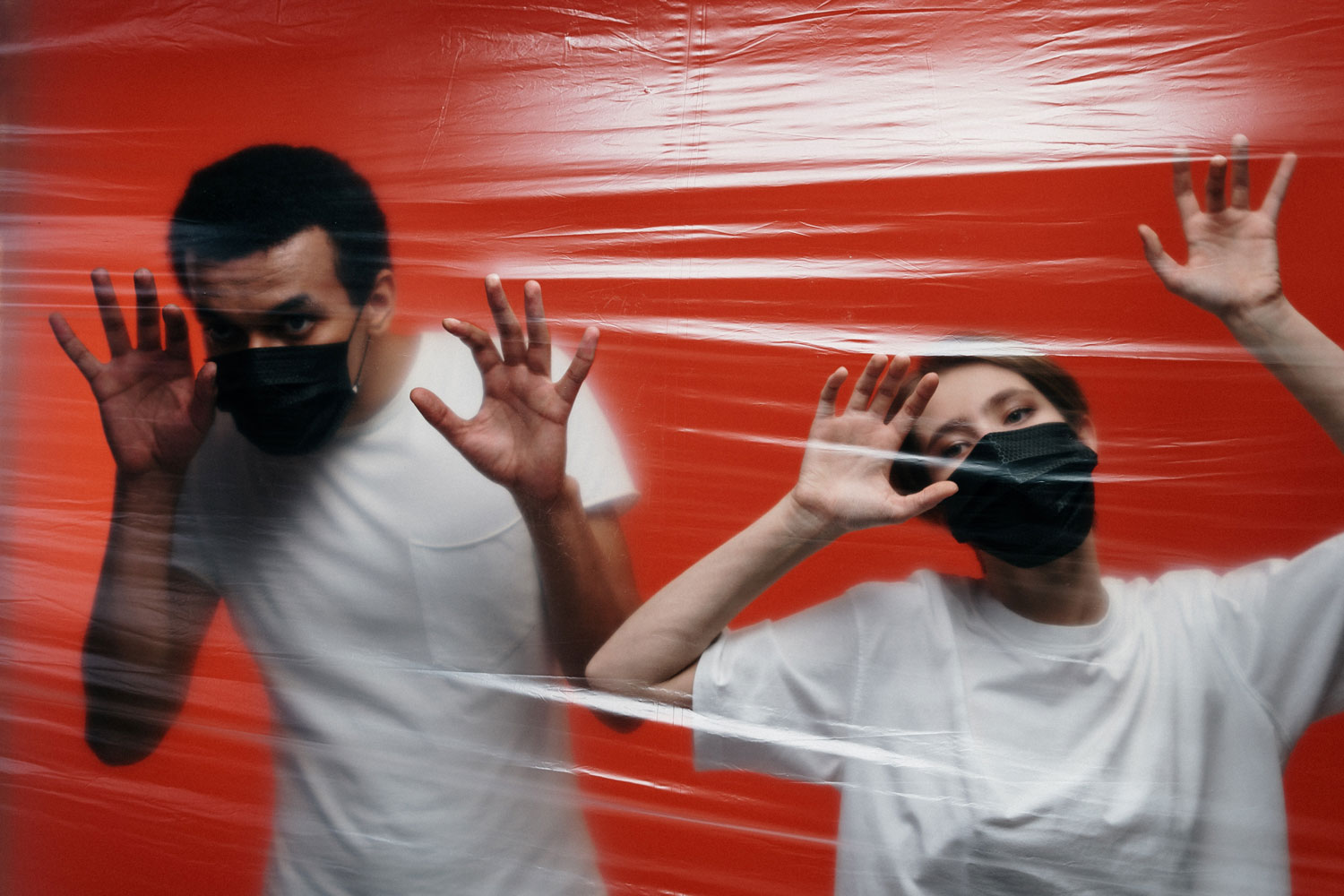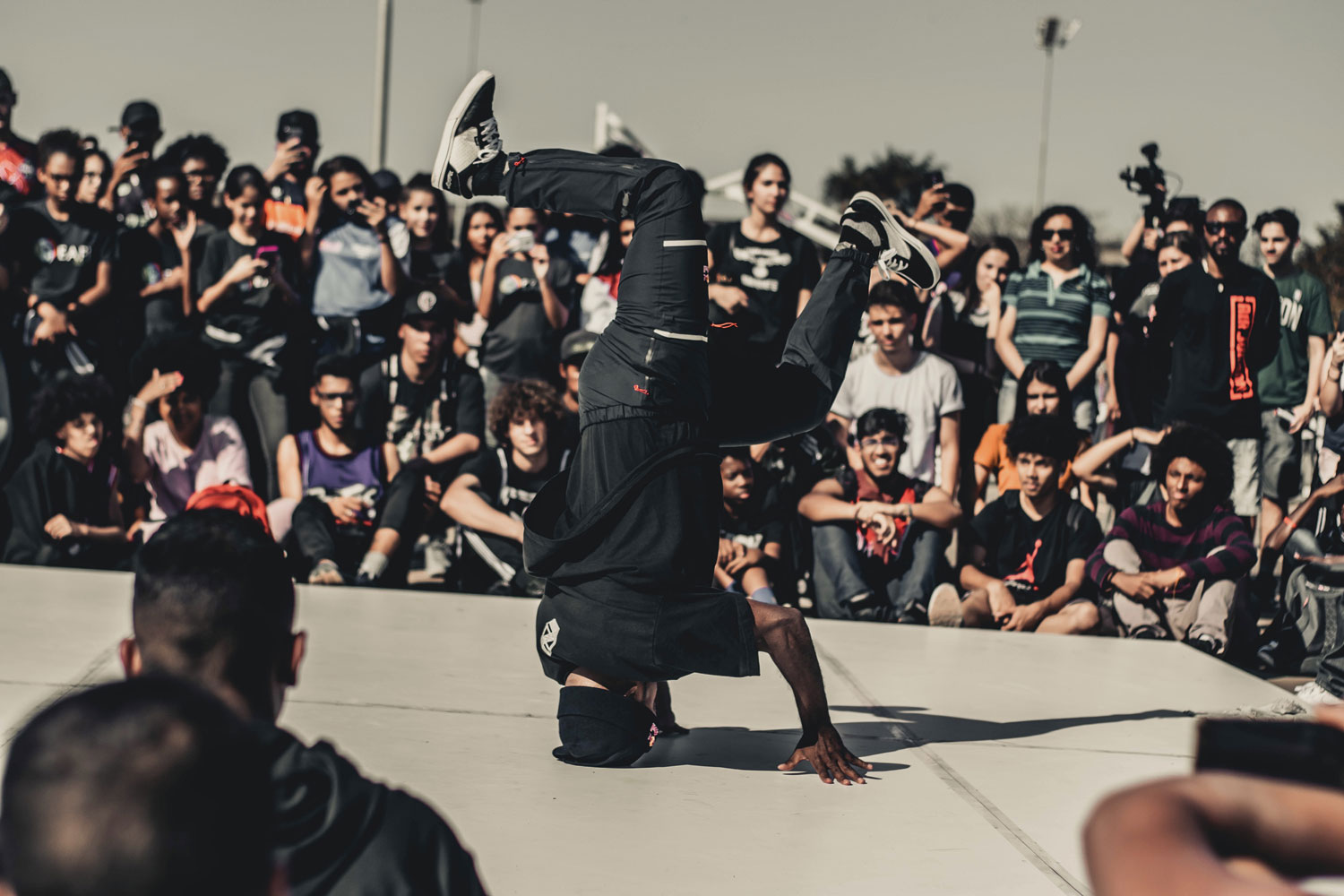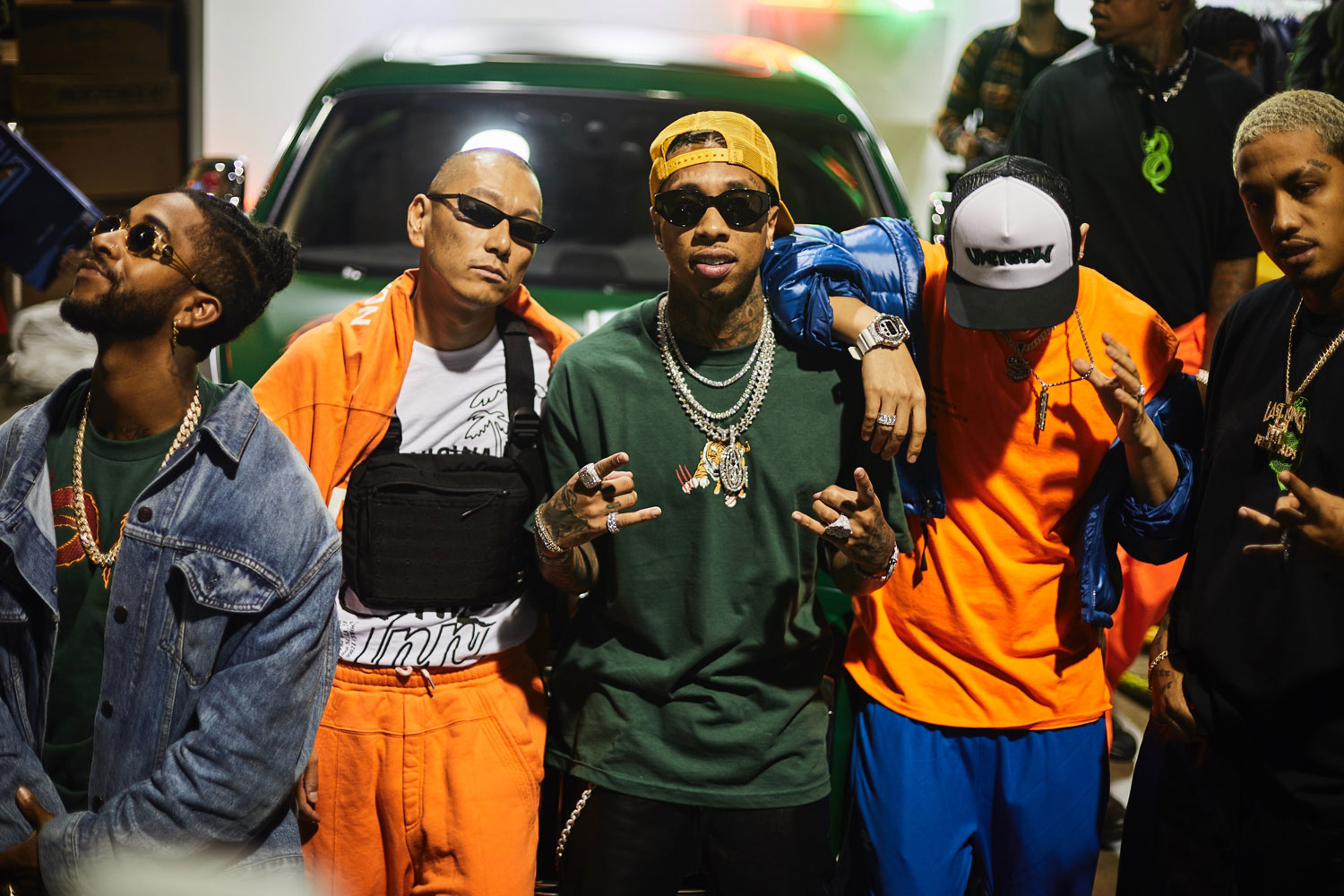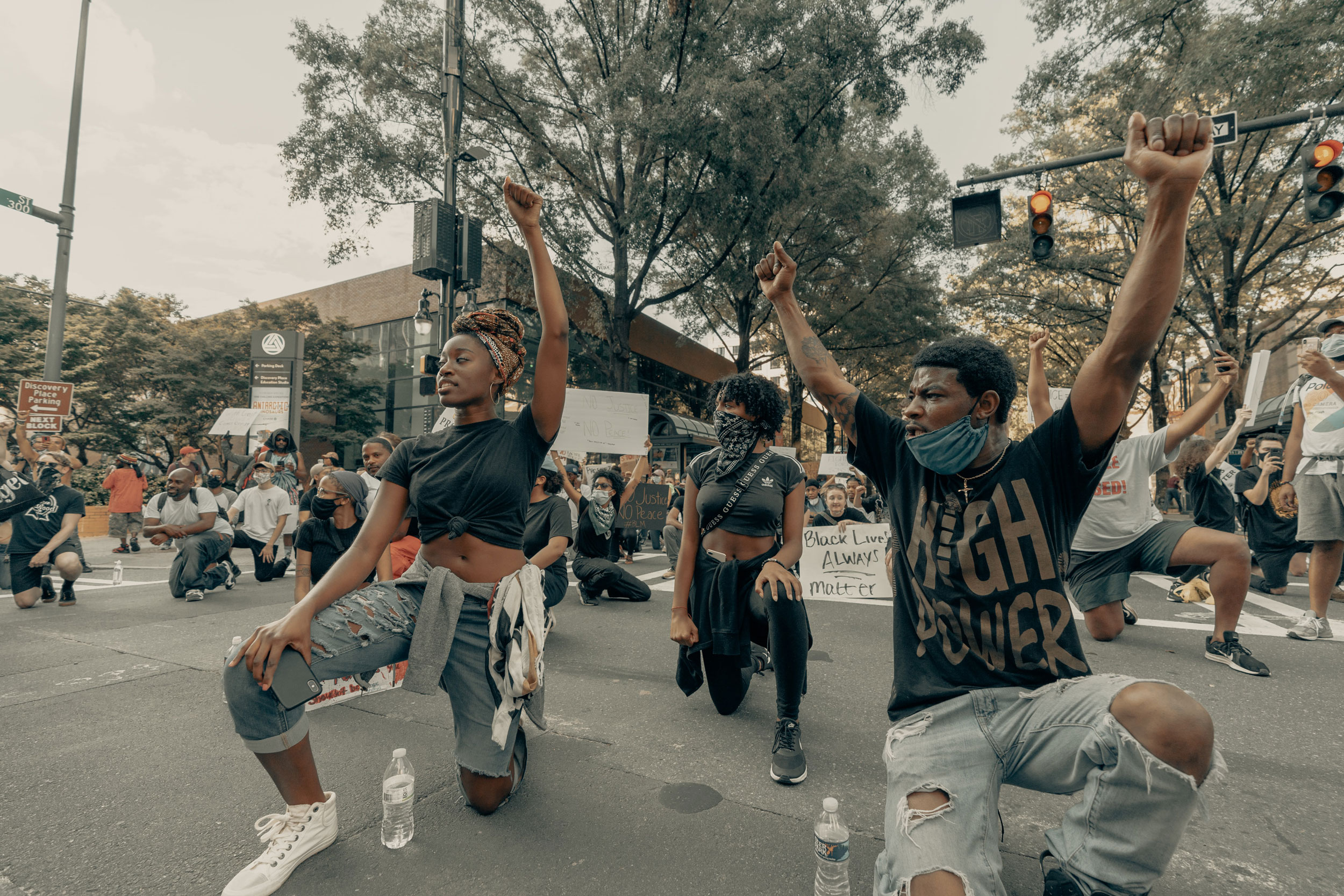
MCing, DJing, Breakdancing and Graffiti: The Four Elements of Hip-Hop
Before saying that you dance Hip-Hop, be aware that the term has its own story and a much broader meaning.
Hip-hop is a culture and art movement that was created by African Americans, Latino Americans and Caribbean Americans in the Bronx, New York City. Afrika Bambaataa of the hip hop collective Zulu Nation outlined the main pillars of hip hop culture, coining the terms: rapping or MCing, a rhythmic vocal rhyming style (orality); DJing (and turntablism), which is making music with record players and DJ mixers (aural/sound and music creation); b-boying/b-girling or breakdancing (movement/dance); and graffiti.
Other elements of hip hop subculture and arts movements beyond the main four are: hip hop culture and historical knowledge of the movement (intellectual and philosophical); beatboxing, a percussive vocal style; street entrepreneurship; hip hop language; and hip hop fashion and style, among others. The fifth element, although debated, is commonly considered either street knowledge, hip hop fashion, or beatboxing.
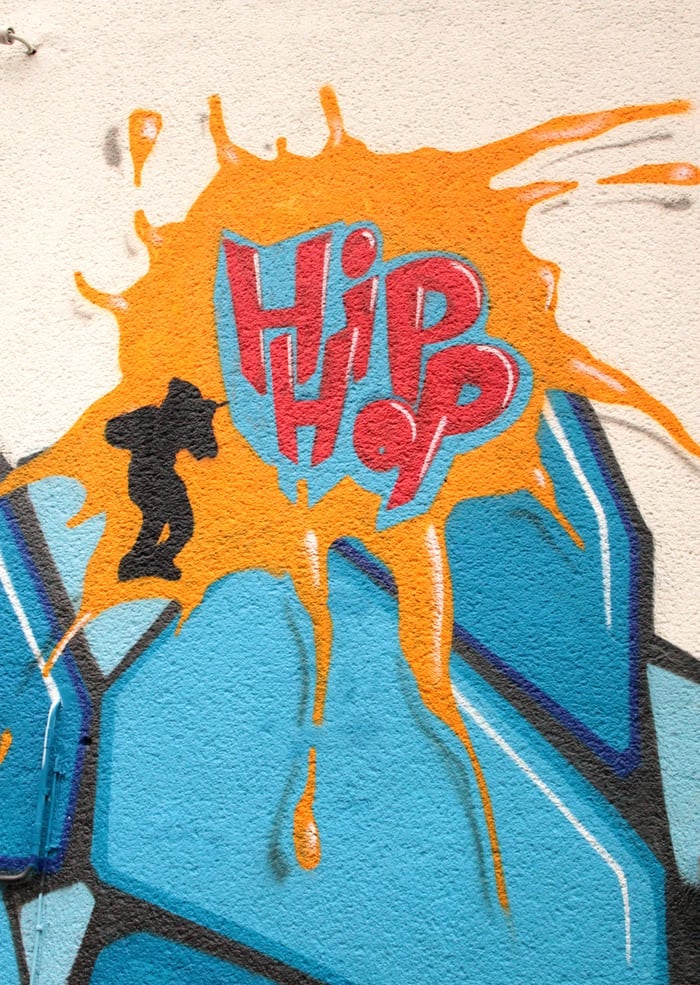
The Bronx hip hop scene emerged in the mid-1970s from neighborhood block parties thrown by the Black Spades, an African-American group that has been described as being a gang, a club, and a music group. Brother-sister duo Clive Campbell, a.k.a. DJ Kool Herc, and Cindy Campbell additionally hosted DJ parties in the Bronx and are credited for the rise in the genre. Hip hop culture has spread to both urban and suburban communities throughout the United States and subsequently the world. These elements were adapted and developed considerably, particularly as the art forms spread to new continents and merged with local styles in the 1990s and subsequent decades.

Hip hop is simultaneously a new and old phenomenon; the importance of sampling tracks, beats, and basslines from old records to the art form means that much of the culture has revolved around the idea of updating classic recordings, attitudes, and experiences for modern audiences. Sampling older culture and reusing it in a new context or a new format is called flipping in hip hop culture. Hip hop music follows in the footsteps of earlier African-American-rooted and Latino musical genres such as blues, jazz, rag-time, funk, salsa, and disco to become one of the most practiced genres worldwide.
Hip-Hop Dance
Hip-hop dance refers to street dance styles primarily performed to hip-hop music or that have evolved as part of hip-hop culture. It includes a wide range of styles primarily breaking which was created in the 1970s and made popular by dance crews in the United States. The television show Soul Train and the 1980s films Breakin', Beat Street, and Wild Style showcased these crews and dance styles in their early stages; therefore, giving hip-hop mainstream exposure.
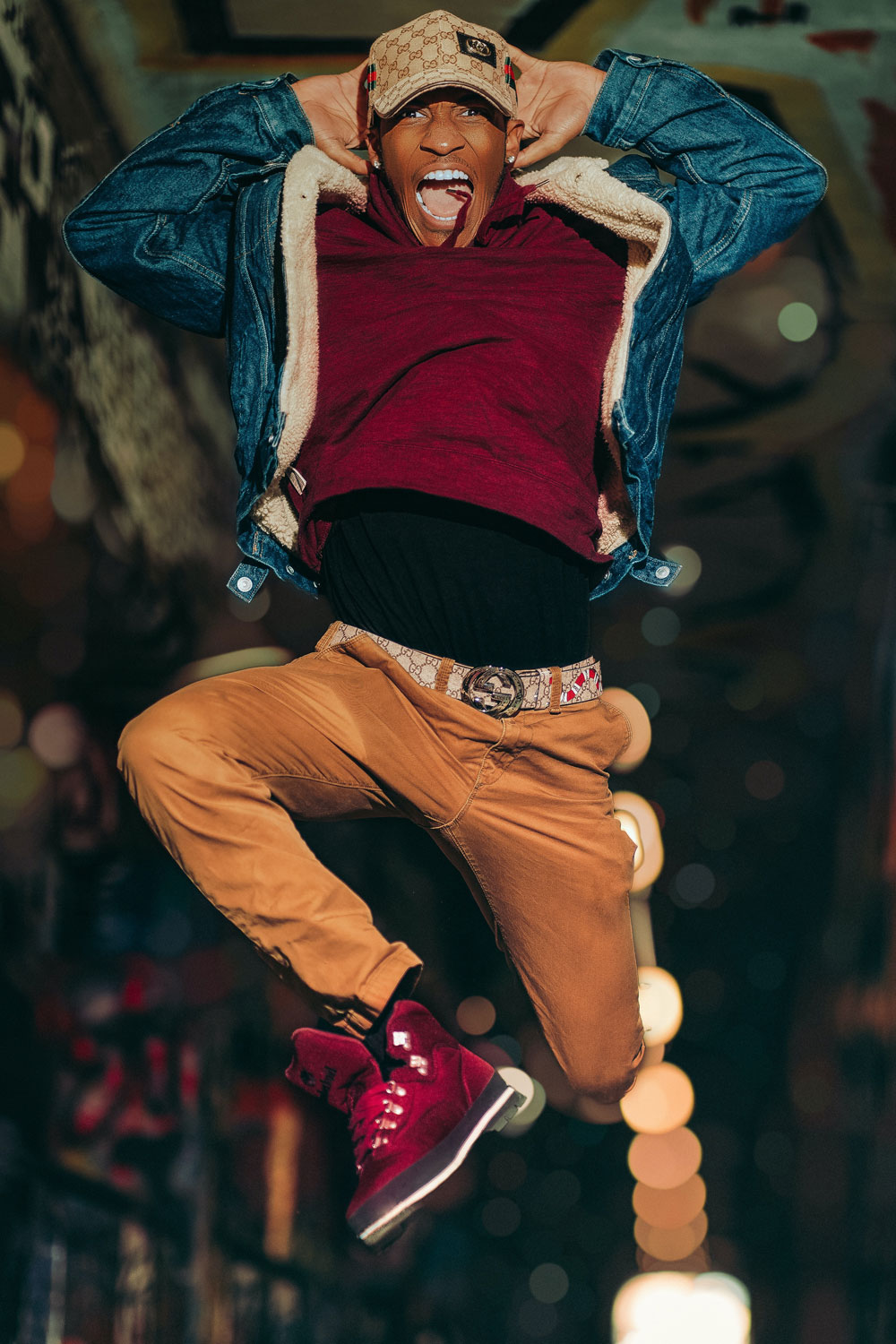
The dance industry responded with a commercial, studio-based version of hip-hop - sometimes called new style - and a hip-hop influenced style of jazz dance called jazz-funk. Classically trained dancers developed these studio styles in order to create choreography from the hip-hop dances that were performed on the street. Because of this development, hip-hop dance is practiced in both dance studios and outdoor spaces.
1980s films, television shows, and the Internet have contributed to introducing hip-hop dance outside the United States. Since being exposed, educational opportunities and dance competitions have helped maintain its presence worldwide. Hip-hop dance can be a form of entertainment or a hobby. It can also be a way to stay active in competitive dance and a way to make a living by dancing professionally.
Share with friends
Hip-hop dance refers to street dance styles primarily performed to hip-hop music or that have evolved as part of hip-hop culture. It includes a wide range of styles primarily breaking which was created in the 1970s and made popular by dance crews in the United States. The television show Soul Train and the 1980s films Breakin', Beat Street, and Wild Style showcased these crews and dance styles in their early stages; therefore, giving hip-hop mainstream exposure.

The dance industry responded with a commercial, studio-based version of hip-hop - sometimes called new style - and a hip-hop influenced style of jazz dance called jazz-funk. Classically trained dancers developed these studio styles in order to create choreography from the hip-hop dances that were performed on the street. Because of this development, hip-hop dance is practiced in both dance studios and outdoor spaces.
1980s films, television shows, and the Internet have contributed to introducing hip-hop dance outside the United States. Since being exposed, educational opportunities and dance competitions have helped maintain its presence worldwide. Hip-hop dance can be a form of entertainment or a hobby. It can also be a way to stay active in competitive dance and a way to make a living by dancing professionally.
